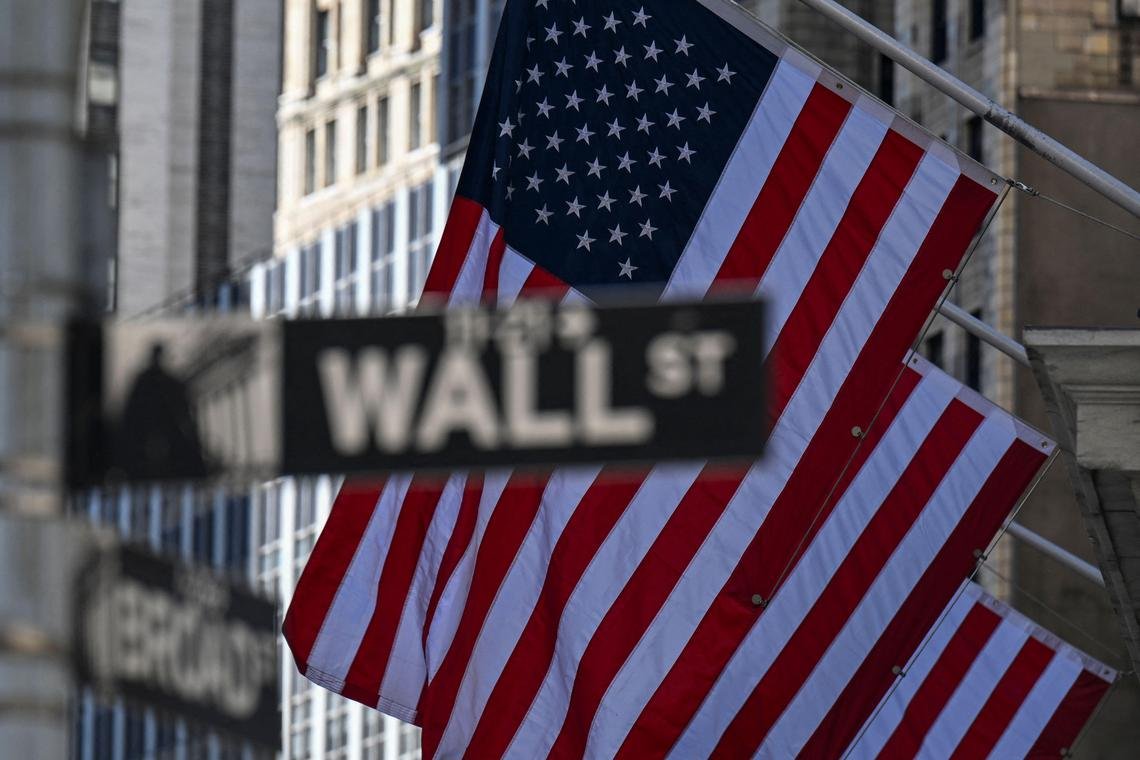NEW YORK – US leveraged loan funds had their biggest-ever weekly outflow as investors dumped corporate debt across the board on concern that the tariff-spurred market turmoil will hit the US economy.
Leveraged loans are ones that lenders extend to companies that already have considerable amounts of debt or a poor credit history. Lenders consider leveraged loans carrying a higher risk of default and, as a result, a leveraged loan is more costly to the borrower.
An estimated US$6.5 billion (S$8.6 billion) was pulled from the funds in the week ended April 9, according to data from LSEG Lipper, as prices on the risky debt hit their lowest since mid-2023. The previous record outflow of US$3.6 billion was set in December 2018.
Amid recession fears, the loan market is getting hit by outflows amid expectations that the Federal Reserve will be forced to cut interest rates earlier than expected, while a cohort of credit investors may be looking to add liquidity to their portfolios in the volatility.
Global markets have whipsawed in recent days as investors have tried to price the effects of President Donald Trump’s tariff decisions. As a result, leveraged loans have become one of the worst-performing credit asset classes. A Bloomberg index tracking such debt in the US has sunk 0.96 per cent in the year to date, accounting for both price gains and interest payments.
Exchange-traded funds (ETFs) tied to leveraged loans have also seen outflows, with investors yanking nearly US$2.5 billion from a pair of two large ETFs tied to US leveraged loans this week.
The exodus is exacerbated by the floating-rate nature of leveraged loans. The Fed has maintained higher base rates in recent years, but the heightened possibility of rate cuts is prompting investors to ditch loans, which diminish in value if rates are cut.
“Bank loans have the double whammy of credit risk and floating-rate exposure,” said Ms Winifred Cisar, global head of strategy at CreditSights.
“As recession fears rise and Fed rate cutting bets amp up, investors are going to move to safer plays.”
Debt outflows
By and large, investors are shunning all types of corporate debt.
Funds for short and intermediate investment-grade bonds had outflows of US$6.08 billion during the same week, a third-straight week of net withdrawals and the most since May 2022, according to LSEG Lipper.
Meanwhile, US high-yield bond funds had their biggest weekly outflow in almost 20 years as investors pulled a net US$9.63 billion, LSEG Lipper data showed. Inflows in the previous week were US$271.3 million.
Junk-bond yields hit a 16-month high earlier this week and spreads reached their widest since June 2023, capping a brutal sell-off fuelled by the April 2 announcement of the highest tariffs in over a century on foreign goods. The April 9 pause on some tariffs briefly helped erase some of the losses.
Some investors, meanwhile, may simply be cashing out of the most liquid trades, exaggerating the ETF outflows, as markets continue to see broad-based selling pressures, according to Mr Grant Nachman, founder of Shorecliff Asset Management.
“I believe some investors would rather raise cash by selling loan ETFs that are only down a few per cent, rather than crystallise losses on equities that could be off 20 per cent or more in this drawdown,” said Mr Nachman.
“I think short-term moves in loan ETF prices right now have very little to do with fear of rate cuts. (Fed chair Jerome) Powell has indicated he might struggle to cut rates if tariffs prove inflationary.” BLOOMBERG
Join ST’s Telegram channel and get the latest breaking news delivered to you.





